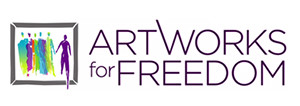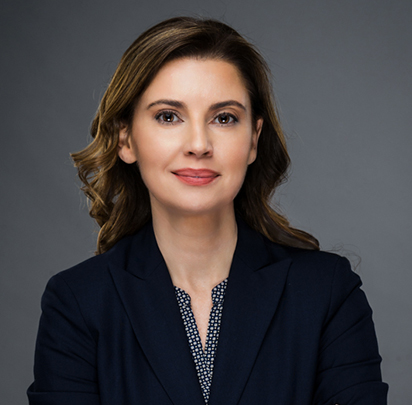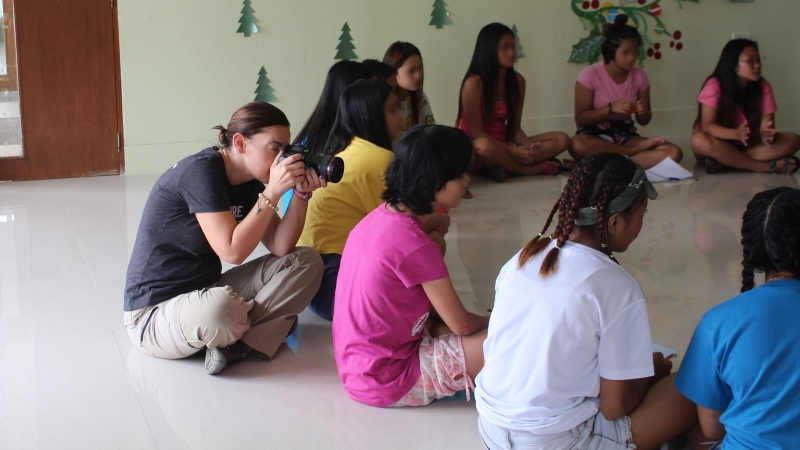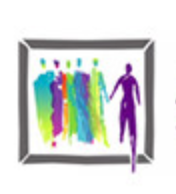Matilde Simas describes herself as a advocate photographer – someone who uses photography as her apparatus to advocate for a social cause.
“I’m using the capacity of photography to generate social change and empower storytelling,” says Simas. “Being a storyteller means putting the person and the story first. I have a deep understanding when I make pictures [that] it’s a joined collaboration with the people I photograph. By putting the people and their stories first, I am able to create moving images that show the relationship that has been created between us. The relationships are the most important part of my process; then the stories and pictures come later.”
Simas started off her photography career working commercially as a wedding and portrait photographer. A trip four years ago to Namibia changed her focus when she volunteered to document a children’s soup kitchen. The images were used for fundraising and promoting the soup kitchen in the local newspaper, and it was from that experience that Simas realized her work could be used to create social change. Simas felt the pull to use her photography as a tool for advocacy, but didn’t yet know what specific cause she wanted to dedicate her time to.
Following her trip to Namibia, she found herself in Myanmar and came upon a nunnery, which was home to over 200 children. She was confused as to why there were so many children there and she quickly learned that due to the many conflicts in the country, parents often drop their children off at the nunnery to protect them from human trafficking. It was her first time encountering trafficking as an issue, which prompted her to research the subject and take a course on modern-day slavery at Harvard University. She also took a social documentary master class.
“I wanted to learn more about how I could document this social issue while giving survivors dignity,” Simas says. “Photography is a powerful tool to create awareness about social injustices. It puts a human face on the problem and can influence people in a way that academic discussions cannot.”
Her interest in social documenting led her to work for her local newspaper in order to learn about photojournalism. She also took assignments from nonprofit organizations like HAART Kenya and Voice of the Free in the Philippines. This fall, Simas became the latest artist to join ArtWorks for Freedom as a contributor with her series “Faces Behind Atrocity.”
Photo: Matilde Simas Photographing for Voices of the Free. Courtesy of Voices of the Free.
“To be a part of a bigger collaborative of artists doing the same thing is really amazing,” she says. “It’s much easier to be in a group and have a bigger impact. The more you partner with other organizations, the more people you’re able to reach. I want viewers to focus on the realities that I’m focusing my lens on, and I want to raise questions. These questions are the starting point to creating the tangible change; the photography to me is a means to a solution.”
***
Visit Matilde Simas online and learn more about her series Faces Behind Atrocity HERE.
ArtWorks for Freedom uses the power of art to raise awareness about modern day slavery and human trafficking. Working locally and globally and engaging art in all its forms, we are transforming public perceptions, educating individuals, communities and policy makers, and inspiring action to put an end to modern day slavery.






